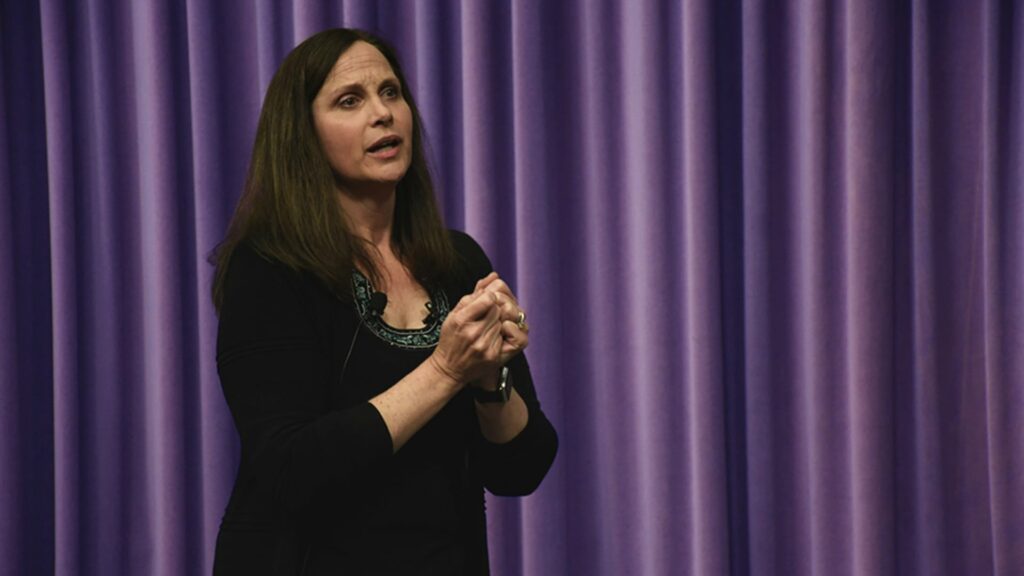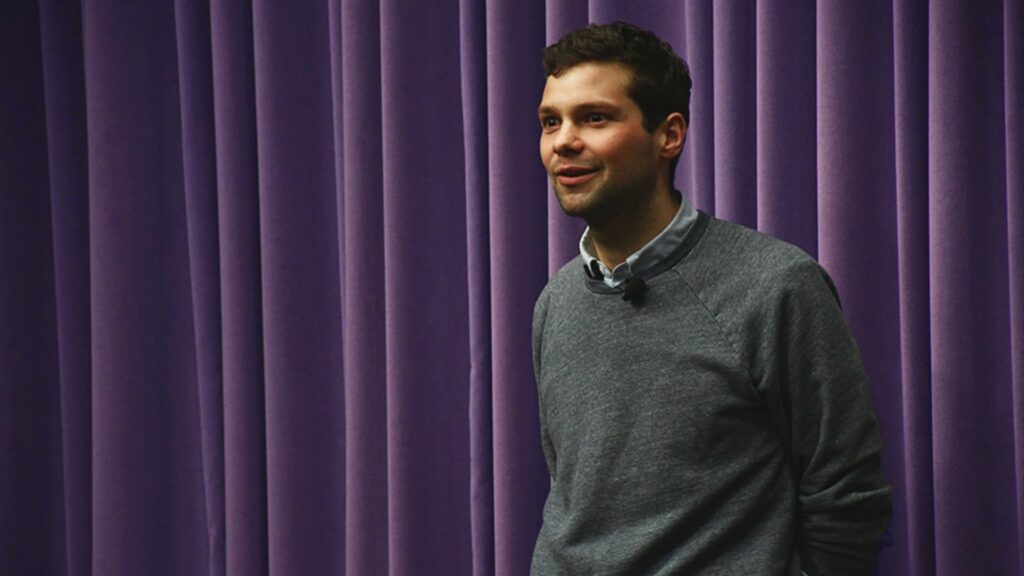
I require my students at Stanford to write a failure résumé. That is, to craft a résumé that summarizes all their biggest screw-ups — personal, professional, and academic. For every failure, each student must describe what he or she learned from that experience. Just imagine the looks of surprise this assignment inspires in students who are so used to showcasing their successes. However, after they finish their résumé, they realize that viewing experiences through the lens of failure forced them to come to terms with their mistakes and to view them as a great source of data about what works and what does not.*
On the most basic level, all learning comes from failure. Think of a baby learning to walk. He or she starts out crawling and falling before finally mastering the skill that as an adult we take for granted. As a child gets older, each new feat, from catching a baseball to doing algebra, is learned the same way, by experimenting until you are finally successful. We don’t expect a child to do everything perfectly the first time, nor should we expect adults who take on complex tasks to get it all right the first time.
So, how do you prepare yourself for inevitable failures? People who spend their time on creative endeavors know that failure is a natural part of the creative process and are ready when it happens. Jeff Hawkins, founder of Palm, Handspring, and Numenta, gets worried when things go too smoothly, knowing that failure must be lurking around the corner. When he was running Handspring, everything was going swimmingly for the release of the original “Visor”, a new personal digital assistant. But Jeff kept warning his team that something would happen. And it did. Within the first few days of the release of their first product they shipped about 100,000 units. This was remarkable. But the entire billing and shipping system broke down. Some customers didn’t receive the products they paid for, and others received three or four times as many units as they ordered. This was a disaster, especially for a new business that was trying to build its reputation. So what did they do? The entire team, including Jeff, buckled down and called each and every customer. They asked each person what he or she had ordered, if they had received it, and whether they had been billed correctly. If anything wasn’t perfect, the company corrected it on the spot. The key point is that Jeff knew something would go wrong. He wasn’t sure what it would be, but was prepared to deal with anything that came their way. His experience has taught him that failure is inevitable, and that the key to success is not dodging every bullet but being able to recover quickly.
Most individual’s paths are riddled with small and enormous failures. The key is being able to see these experiences as a chance to evaluate valuable data, and to move on. For most successful people, the bottom is lined with rubber as opposed to concrete. When they hit bottom, they sink in for a bit and then bounce back, tapping into the energy of the impact to propel them into another opportunity. A great example is David Neeleman, the founder of JetBlue. David initially started an airline called Morris Air, which grew and prospered, and he sold it to Southwest Airlines for $130 million. He then became an employee of Southwest. After only five months David was fired. He was miserable working for them and, as he says, he was driving them crazy. As part of his contract he had a five-year non-compete agreement that prevented him from starting another airline. That seemed like a lifetime to wait. But after taking time to recover from this blow, David decided to spend that time planning for his next airline venture. He thought through all the details of the company, including the corporate values, the complete customer experience, the type of people they would hire, as well as the details of how they would train and compensate their employees. David says that getting fired and having to wait to start another airline was the best thing that ever happened to him. When the non-compete period was over, he was ready to hit the ground running. He was able to turn what seemed like a terrible situation into a period of extreme productivity and creativity.
David Neeleman, in 2003, shares this story at the Entrepreneurial Thought Leaders Seminar.
Tackling new challenges in all domains requires a willingness to take risks, and a high chance of failure. However, risk taking is not binary. Each of us is comfortable taking some types of risks and find other types quite uncomfortable. You might not even see the risks that are comfortable for you to take, discounting their riskiness, but are likely to amplify the risk of things that make you more anxious. For example, you might love flying down a ski slope at lightning speed or jumping out of airplanes, and don’t view these activities as risky. If so, you’re blind to the fact that you’re taking on significant physical risk. Others, like me, who are not physical risk takers, would rather sip hot chocolate in the ski lodge or buckle themselves tightly into their airplane seats than strap on a pair of ski boots or a parachute. Alternatively, you might feel perfectly comfortable with social risks, such as giving a speech to a large crowd. This don’t seem risky at all to me. But others, who might be perfectly happy jumping out of a plane, would never give a toast at a party.
By my accounts, there are six primary types of risk: physical, social, emotional, financial, intellectual, and ethical. For example, I know that I’m comfortable taking social risks but not physical risks. In short, I will readily start a conversation with a stranger, but please don’t ask me to bungee jump off a bridge. I will also happily take intellectual risks that stretch my analytical abilities, but I’m not a big financial risk taker. On a trip to Las Vegas I would bring only a small amount of cash, to make sure I didn’t lose too much.
I ask my students to map their own risk profile. With only a little bit of reflection, each person knows which types of risks he or she is willing to take. They realize pretty quickly that risk taking isn’t uniform. It’s interesting to note that most entrepreneurs don’t see themselves as big risk takers. After analyzing the landscape, building a great team, and putting together a detailed plan, they feel as though they have squeezed as much risk out of the venture as they can. In fact, they spend most of their efforts working to reduce the risks for their business.
If you do take a risk and happen to fail, remember that failure is a natural part of the learning process. And, most important, if you aren’t failing sometimes, then you probably aren’t taking enough risks.







